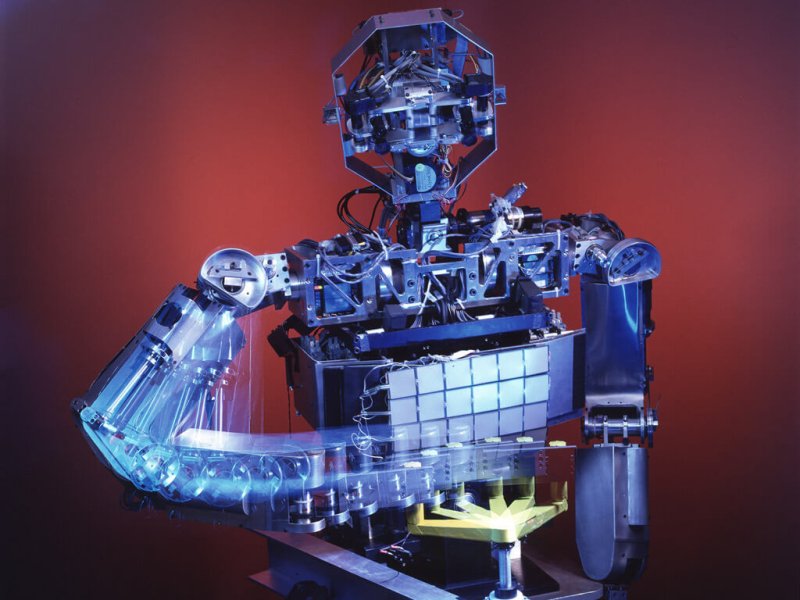With AI, engineers had typically used a top-down approach to programming, as though they were gods making creatures in their image.
But evolution depends on bottom-up strategies—single-cell organisms develop into complex, multicellular creatures—which [MIT’s Rodney] Brooks came to see as more effective.
…
The machine was just a torso without legs, but it convincingly resembled a human upper body, complete with a head, a neck, shoulders, and arms.
He named it Cog. It was equipped with over 20 actuated joints, plus microphones and sensors that allowed it to distinguish between sound, color, and movement.
Cog lacked central control and was instead programmed with a series of basic drives. The idea was that through social interaction, and with the help of learning algorithms, the machine would develop more complex behaviors and perhaps even the ability to speak.
Over the years that Brooks and his team worked on Cog, the machine achieved some remarkable behaviors. It learned to recognize faces and make eye contact with humans. It could throw and catch a ball, point at things, and play with a Slinky.































